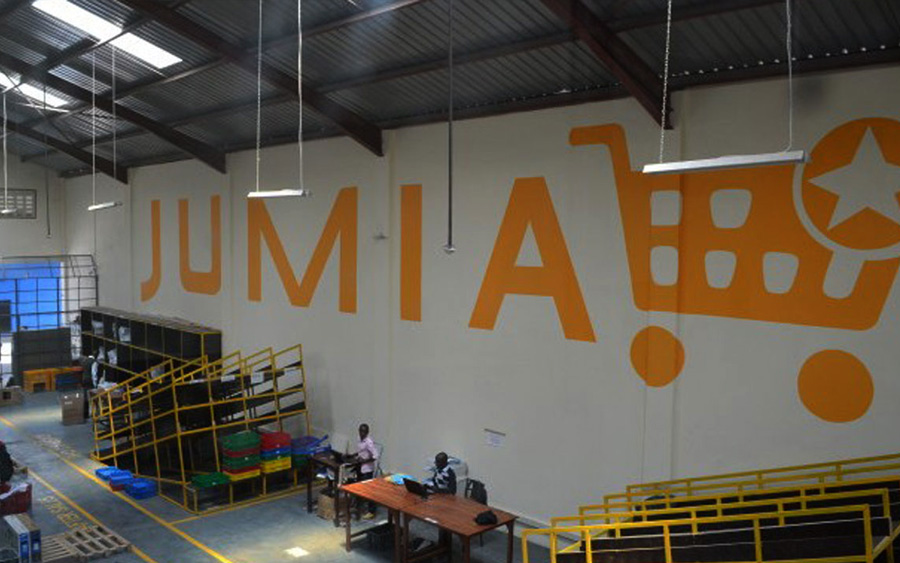What do you do after years of poor result? You rework your business model. That is exactly what Jumia did- leveraged on its local knowledge to change its model. in 2019, It underwent “Business mix rebalancing,” a drive to change its target market from high-end products to cheaper and more commonly used household products. This move seems to be getting a positive response.
In their latest financial result 2020, released this month, the company experienced modest growth in revenue and profit, which should be looked at in light of two events affecting its target market, the devaluation of the currency in the past 12 months, direct impact of the Covid-19 pandemic. and the absence of broad relief packages to help customers make purchases of much-needed goods. This has weakened the purchasing power of its target market.
Profitability: The company recorded a gross profit of €92.8m from € 75.9m (2019). The gross profit after fulfilment expense was €8.4 million, compared to €1.0 million in the previous year.
READ: Jumia has sold its real estate assets portal to EMPG’s Mubawab
Even with better results than the previous year, the company is still in the red, with the Adjusted EBITDA loss of €119.5 million from the previous year’s loss of 182.7m. It represents an improvement of over of 34.6% year-over-year. The operational loss also improved from -€227.9 million to -€149.2 million.
Last year’s effort at overhauling the business model by increasing the first party profit seems to be working, because while the first party revenue dropped by 41%, its profit went up because they processed fewer sales on a first party basis and did more on third party basis.
So, what does this mean and why does it even matter? The first party basis means they are basically buying the products and selling as order arises. This gives them effective control over their inventory, though it tends to tie down assets and increase the fulfilment cost (holding cost).
READ: Jumia is optimistic of COVID-19 boost, despite poor Q1 2020 earnings report
However, dealing more on the basis of third party means they simply use their platform to help sell goods of others and collect fees and commission. So, they are more of an intermediary agent in third party sales. This liberates their balance sheet to a large extent, giving them the opportunity to utilise their liquid assets in other productive ways.
More impressive is the work done in the cost management side. Again, largely due to the change in focus, Fulfilment expense went down by 10.4% from €77.4M to €69.3M. Fulfilment expense is very important in e-commerce business. It is the holding cost of the goods, the total sum of all the expenses incurred from collecting the goods to distributing them.
READ: What bad stocks have in common with bitter relationships
Sales & Advertising expense was €10.2 million, a year-over-year decrease of 34%. General & Administrative costs, excluding share-based compensation expense, reached €21.8 million, a decrease of 36% year-over-year.
The company also diversified its operations by its running Jumia Advert and Jumia Logistics. 2020 is the first full year of the two operations with largely positive results to show for it. Its television business too is gaining traction and acceptance. JumiaPay TPV reached €59.3 million, increasing by 30% year-over-year. On-platform TPV penetration increased from 15.6% of GMV in the fourth quarter of 2019 to 25.7% of GMV in the fourth quarter of 2020.
Red flag
One concern the investors will have is the GMV indicator, which is the total size of its order or monetary value.It shrank by 21% year on year. This is not a good sign.
Based on the restructuring, the sales price is expected to drop, but we expected the volume of sales to make up for it. So, is the GMV drop a sign of things to come or just a blip?
Another worrying aspect is that, even with the increased amount of cash which they got from the 2019 IPO and other sources, we have not seen the company utilise the cash in a more progressive way. As at year-end, cash and cash equivalent moved from 170M to 304.9M. In addition, since the company operates a complex equity-based employee remuneration that does not require immediate cash pay-out, why are they keeping so much cash?
Finally, despite the green shoot of progress, we still cannot forget that the accumulated loss to date is still mounting, growing to -c1,268.7m from -c1,096m.
READ: DEAL: Flutterwave raises $170 million Series C Round, now valued at $1 billion
It’s all about momentum…
Obviously, a lot still needs to be done, but the company seems to have reached a key inflexion point in its road to recovery and profitability. The question now is: can they consolidate this gain and maintain the momentum and trajectory? Can they get to the elusive breakeven point? And can they achieve critical mass in the market?
We will know the answer to these important questions by the time the next quarter financial results roll out.
